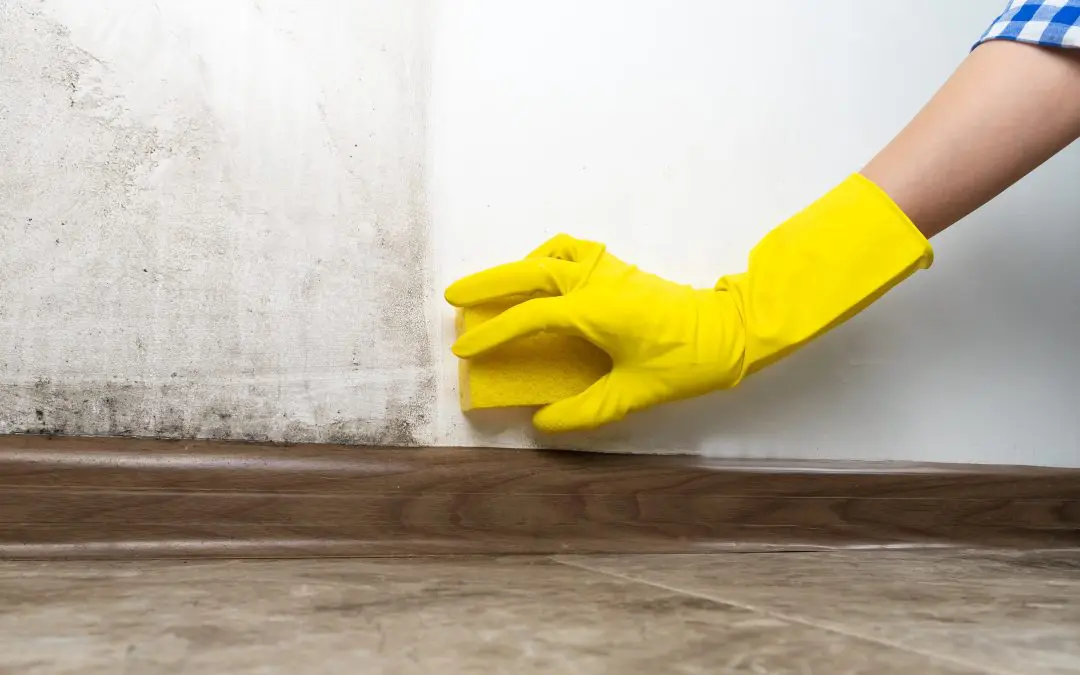Though often overlooked, closets are prime spots for mold and mildew growth due to their enclosed and sometimes humid environments. The lack of ventilation, coupled with the tendency to store items that may trap moisture, creates an ideal breeding ground for mold spores. Mold and mildew damage your belongings and cause respiratory issues and other health concerns. We’ll walk you through essential tips to prevent closet mold and mildew so your items remain safe.
Prevent Closet Mold and Mildew By Controlling Humidity Levels
One of the main causes of mold and mildew is high humidity. Closets can trap moisture, particularly in homes with poor ventilation or in areas with high humidity. Keeping humidity levels in check is crucial to preventing mold growth. Invest in a dehumidifier for your home, especially in regions where humidity is consistently above 60%. For closets, placing moisture absorbers like silica gel packets or desiccants helps maintain a dry environment. Keep closet doors open periodically to allow air circulation.
Ensure Proper Ventilation
Closets often lack proper ventilation, which contributes to mold growth. Without adequate airflow, moisture becomes trapped, creating the perfect environment for mold to thrive. To combat this, install a small vent or fan in your closet to promote air circulation. Even leaving the door open slightly when you’re home will help air flow through the space, reducing the risk of condensation building up. If your home has central air or a ventilation system, make sure the air can move through your closets.
Keep Clothes and Items Dry to Prevent Closet Mold and Mildew
It’s essential to store dry clothing and items in your closet. Wet or damp clothes, shoes, and linens provide a direct source of moisture, leading to rapid mold growth. Always check that freshly laundered clothes are completely dry before storing them. Be cautious when placing items prone to trapping moisture, such as shoes, gym clothes, or towels, inside your closet. For shoes, let them air dry in an open space before storing them in a confined area. This small step reduces the likelihood of mildew developing.
Use Mold-Resistant Products
If you live in an area prone to mold, incorporate mold-resistant materials in your closet. Special paints or primers designed to resist mold growth can be used on closet walls, creating a barrier that helps prevent spores from settling in. Mold-resistant drywall and insulation are other options if you are building or renovating your closet space. Opt for cedar wood in your closet, which is a natural mold deterrent. Cedar has antifungal properties, which help keep mold at bay while adding a pleasant scent to your closet.
Clean and Inspect Closets Regularly
Regular cleaning and inspection are crucial to preventing mold in closets. Mold thrives in dark, damp spaces, so keeping your closet clean and clutter-free will make it less inviting to mold spores. Every few months, empty your closet and wipe down surfaces with a mild bleach or vinegar solution to kill spores that may have landed there. While cleaning, inspect your closet for signs of water damage or condensation. Catching mold early is key to preventing a larger infestation.
Address Water Leaks Immediately
One of the quickest ways for mold to gain a foothold in your home is through water damage. Leaks in your roof, walls, or even plumbing lead to excess moisture, which seeps into your closets. If you notice water stains or suspect a leak near your closet, take action immediately. Repair leaks as soon as they’re discovered, and make sure the surrounding areas are thoroughly dried. Ignoring water damage can lead to extensive mold growth in your closet and throughout your home.
Take these steps to prevent mold and mildew from developing in your closet, protecting both your belongings and your home’s air quality.
Closet Mold and Mildew FAQs
What are the first signs of mold in a closet?
Early signs of mold include a musty odor, discoloration on walls or clothes, and visible mold spots on surfaces. You may also notice a slight dampness in the air or on items stored inside.
How often should I clean my closet to prevent mold?
Cleaning your closet every three to six months is ideal. During this time, wipe down walls and shelves with a mold-killing solution and inspect your closet for signs of moisture or mold.
Can mold-resistant products completely prevent mold?
While mold-resistant products reduce the risk of mold growth, they do not eliminate the possibility. You still need to control humidity and have proper ventilation to keep mold at bay.
AAA Professional Home Inspectors offers inspection services to homebuyers and sellers in Kentucky and Southern Indiana. Contact us to request an appointment.

